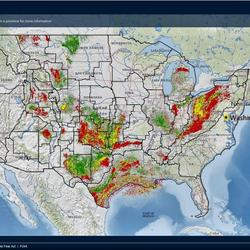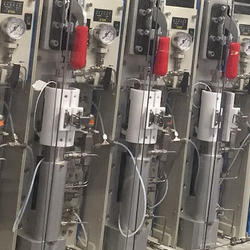Kansas
Welcome to the Midcontinent Region! Our region includes 18 Science Centers in 11 States from the Great Lakes to the Dakotas. Our streamgage network is used to monitor and assess water resources across the region. Other research focuses on fisheries and aquatic ecosystems, midcontinental plant/animal species, invasive species, wildlife disease, and energy and mining.




